9 Humidifier Alternatives to Moisturize Your Dry Air Easily
Author: Rick Worst | Editor: Omar Alonso
Review & Research: Jen Worst & Chris Miller

A lot of people aren’t the most comfortable in their own homes because of the amount of dryness they experience in the air. Humidifier alternatives exist that you can use now to help out until you can get your hands on an actual humidifier.
This dryness happens if you live in regions that experience harsh winters when the air in a room lacks humidity. These alternatives can really help elevate the humidity and moisture content quickly.
There are a lot of humidifiers in the market that can solve this problem. But if you’re not a big fan and the problem in your living space isn’t that major, there are quite a few tricks you can pull with little to no investment.
9 Humidifier Alternatives
Now, you probably live a busy life and don’t have the time to wrack your brains about every little thing. So, we did the work for you. Here are some natural ways to humidify a room.
Bring in Houseplants
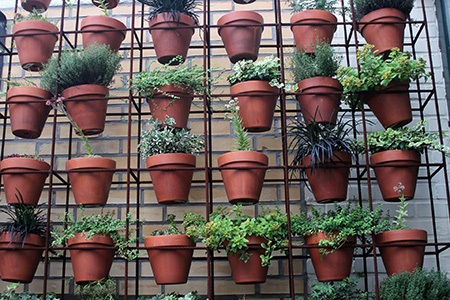
This is the simplest and healthiest way for you to add a little humidity to the room. Plants naturally add moisture to the air, acting as a humidifier alternative.
A small plant won’t take up too much space and if you get one that doesn’t need too much water, you don’t have to worry about remembering it. A dwarf umbrella tree is a good place to start your investigation for a great house plant.
They go through something called transpiration which causes them to lose water to the air around them. A portion of this water is consumed by the roots for the growth of the plant but excess water is for parts like stems, leaves and flowers.
Make sure you actually get an indoor plant. Nothing is worse than getting a plant only to kill it. Plants like philodendrons, peace lilies, bamboo palms and dracaenas are a good way to increase humidity.
Boil More Water
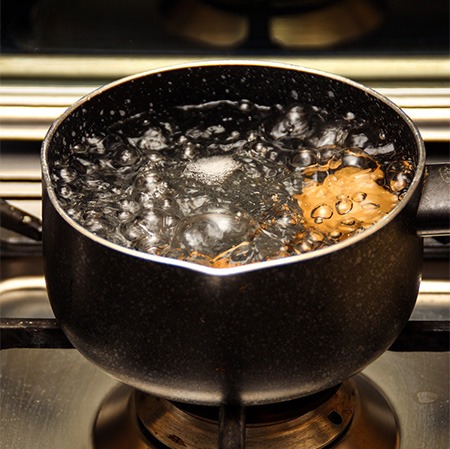
This is another natural way to add humidity to a room. It is also one of the fastest ways to do so. It can be done anywhere and does not take any kind of expertise to execute. Just be sure not to burn yourself in the process and you will be fine.
This is the classic method to increase humidity in a home. Because the water isn't a fine mist but is boiled into vapor, it can be absorbed into the air faster, and your nose and lungs will know the difference.
All you need is a pot or pan that can hold water and a source to heat it. When steam is released in the process, the room becomes moist. Problem solved. If you want a little fragrance, you can also add essential oils to the boiling water.
Oils like lemongrass, lavender, and rose are excellent choices. They can also be quite relaxing and have the added bonus of reducing stress too. You might as well get some good smells out of your alternative to humidifier responsibilities.
And if that’s not up your alley, tea drinkers have the advantage of making a cup whenever they want which serves a dual purpose. Replace the microwave with a stove and you’ll have enough steam in the air and for your tea.
Take Liberties with Laundry
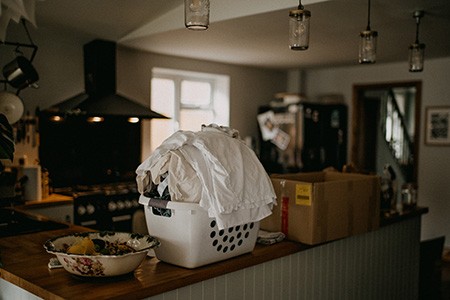
If you’re a fan of two in ones here’s another idea. Instead of using the dryer in the washing machine, why don’t you line dry your clothes indoors? Getting to dry your damp clothes inside the room greatly adds to the levels of moisture in an enclosed space.
You can use a string or a clothing rack to make these humidifier alternatives happen. The remaining water in the clothes evaporates into the atmosphere which increases the humidity of the room. Another twofer for the budget conscious.
And you don’t always need to do this with a full load. Sometimes, a thick towel is also good enough but it really depends on the amount of moisture you’re going for and the size of the room. You might want to run the towel through a clothes wringer alternative first to get some excess water out first.
It is a practical solution and you don’t really need to invest. But there are downsides to it. If you’re a laundromat person, you might not want to carry wet clothes back. You must also make arrangements such that the wet clothes don’t drip on your floor.
If you share your living space with someone who is not a fan of this method, you’ll run into some trouble. But if those aren’t issues, this is an excellent humidifier substitute.
Use Vases with Water
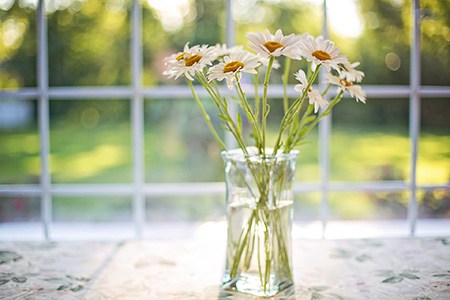
If indoor plants seem like too much work, here’s something to consider. Flower vases with water are a great idea for those who want to add a little elegance to the room.
These types of vases are usually placed in sunny spots like windowsills and that causes some amount of evaporation because the vase is exposed to sunlight.
This will also make you open the curtains of the room and allow sunlight in which is generally good for your health too.
So, there is certainly more than one benefit. Now, this doesn’t turn into productive results right away so you need some patience. Multiple vases are a good idea.
If you can make that happen, you will be able to add humidity to the room without compromising the style integrity of the space. Any standing water makes for great alternatives to humidifiers do to constant evaporation.
So much better than drying clothes in the room, wouldn’t you say? Of course, this doesn’t work if you don’t have sunlight streaming in.
You can even place fake flowers in there. It doesn’t matter. In fact, this is a great hack for people who are allergic to flowers or can’t be bothered to change natural flowers from time to time and simply want to solve the humidity problem. It is also an affordable alternative.
Just make sure you change the water often enough so that they don’t turn into a breeding ground for parasites. It is an affordable and organic way to add humidity to the room.
Consider Stovetop Cooking

Here’s more easy and affordable humidifier alternatives to add humidity to a room. If you have a stovetop, take advantage of it. Cook more meals at home instead of eating out or ordering in.
It’s healthy and you get to humidify the room too. Another twofer. And if you like cooking dishes like pasta, potatoes, or rice, the boiling water will greatly help your cause using whatever types of pots you have on hand.
The water evaporates into the air and adds moisture to the room. It is a very easy method and if you’ve noticed, the suggested dishes are also quite easy to make.
If you make this a regular thing, you might not ever need a humidifier. You don’t need to invest in anything and the problem is taken care of. And it works for homes of small and medium sizes.
So, there’s a universality to this method. It’s a practical and very effective way of dealing with the problem while adding delicious meals to your routine.
If the room is large, it might not be very effective. And if you don’t have any types of stoves, it doesn’t work at all.
Get Creative with Radiators
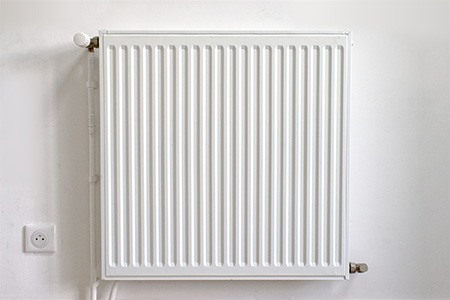
If you have a radiator in the room you want to humidify, here’s a very effective solution. Get a piece of metal or a ceramic bowl filled with water and place it on the heat register of the radiator. This adds humidity to the room like magic.
As you might have figured out, the water evaporates into the air around it and adds moisture to the room. This works even for old-school radiators which have a flat unit on top.
That holds the bowl of water quite nicely. The only two things to remember are to avoid spills and not to use bowls that won’t break or burn.
So, stay away from glass and plastic. Those are the obvious choices for a disaster. If you're asking "what can I use instead of a humidifier" and you think of your radiator, you're right, but be careful not to melt or break anything on it.
Keep the Door Open While Taking a Shower
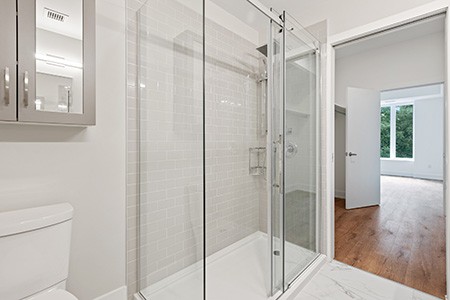
If you’re looking for eco-friendly suggestions but don’t have the budget for new equipment or don’t really want to invest, don’t feel guilty about it, especially if you like hot showers.
The best part about this, apart from the shower itself, is that you just need to leave the bathroom door open. That’s it. That’s all the work you need to do. And if you have bathroom door alternatives installed instead, then you're probably already good to go.
When you do this, the steam from the shower escapes the room and hopefully reaches the room that you want to humidify. Obviously, it is not the perfect plan because it won’t last a long time.
It is also not great because you can’t leave the shower on for longer than the average bath time. That’s not very eco-friendly of you if you do. As far as humidifier alternatives go, this works great but again, you should only do it if you're actually going to shower.
Of course, there is also the little factor of privacy for those who don’t live alone. But if you can pull it off, you do get to take care of the basics and you don’t have to exhaust your bathroom to get rid of the steam after you are done.
If you can be responsible and pull this off, you save money and humidify the room naturally.
Fish Bowls & Aquariums
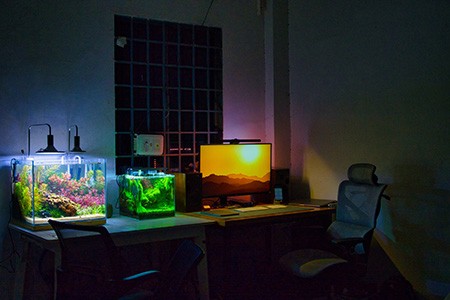
Having a fish bowl or even a small or medium sized aquarium tank can really help increase the humidity in the air of a room. The way this works is you'll have constant water evaporation occurring. You can also leave water in the bathtub to help, as well as leaving your toilet seats up.
Spritz From a Spray Bottle
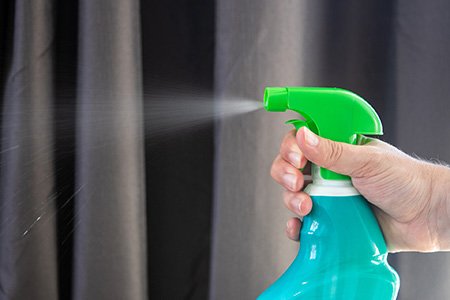
This one can truly help but you need a spray bottle that can spray a very fine mist. That's because you need the air droplets to be light enough to remain in the air and evaporate quickly. Otherwise you'll just be dampening your carpet and creating opportunities for bacteria and mold to grow.
Humidifier Alternatives You Can Use Right Now
The above-mentioned solutions are not just easy but also cost effective. Commercial humidifiers can be expensive and you might not want to invest in them to get rid of your winter itchiness.
But it’s not a problem that goes away if you ignore it. In fact, nothing is more annoying than itchy skin due to dryness.
Not just that, it can also cause health issues like irritated sinuses. It is also extremely uncomfortable if you have asthma. We hope the above solutions have presented you with suitable humidifier alternatives.



